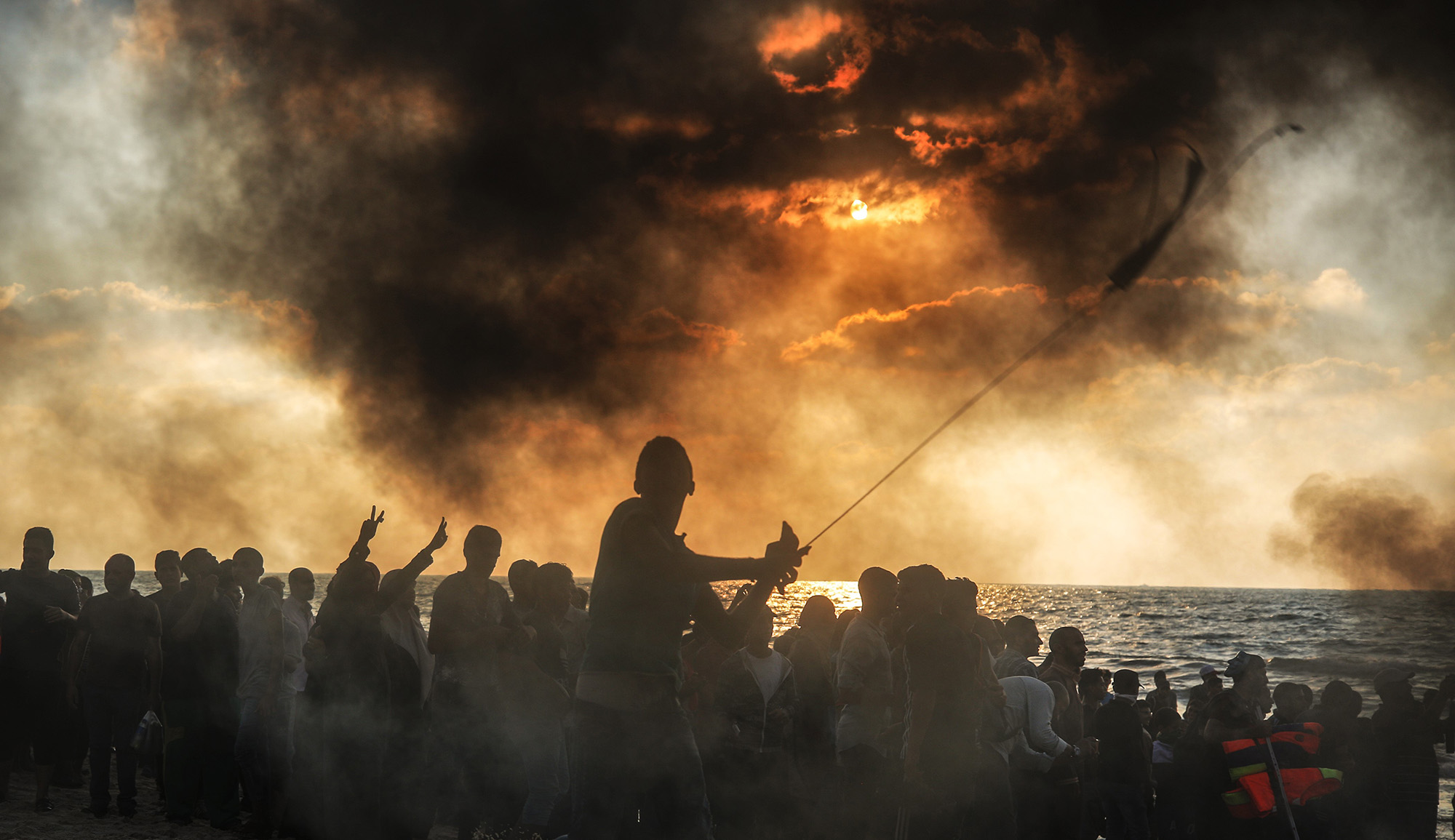In the almost two decades of its rule in Gaza, Hamas turned the territory into the 21st-century version of a fortress, in which an invading force would find itself fighting complex and dangerous urban battles impossible to win without losing thousands of soldiers. For this reason, among others, Israel refrained from trying to topple Hamas during previous rounds of fighting, and various analysts and American military figures cautioned against it. Edward Luttkak argues, however, that the IDF has so far achieved remarkable results, losing fewer than 300 soldiers since ground operations began. The success seems even greater given the recent freeing of hostages:
Regardless of what happens from now on, the Gaza fighting to date has been an exceptional feat of arms. A conservative estimate—the lowest I have seen—is that approximately 10,000 Hamas fighters have been killed or terminally disabled, along with an equal number of wounded who may or may not fight again in the future.
The sensational 1-to-50, or near enough, kill ratio achieved by the IDF in fighting Hamas in Gaza is all the more exceptional for reasons that neither official Americans nor official Israelis care to mention, albeit for different reasons.
Even more remarkable is that Israel has refrained from using many of the weapons and tactics best suited to this kind of warfare, in order to minimize civilian casualties:
By substituting low-frequency sensors, heavy earth-moving equipment, mini-drones, and bullets for jet fighters, heavy artillery, and smart bombs, Israel has effected massive cost savings while reducing its reliance on U.S. resupply—and taking the steam out of propaganda claims about bombing and artillery massacres.
Finally, Luttwak notes, Israeli forces possess something even more important than tactics or weaponry:
None of the above would matter if the troops fighting in Gaza were not determined to ensure that they will not have to come back, by fighting as hard and as long as necessary to grind down Hamas until nothing is left of its fighting strength.
More about: Gaza War 2023, Hamas, IDF


